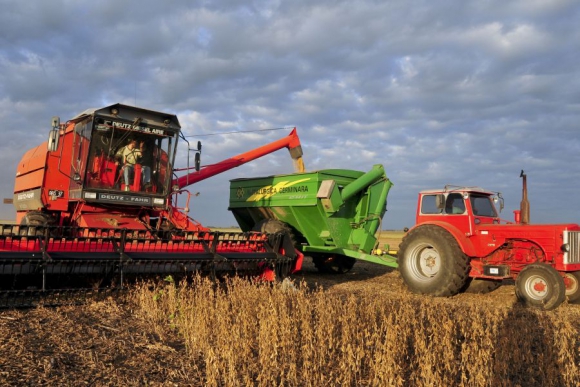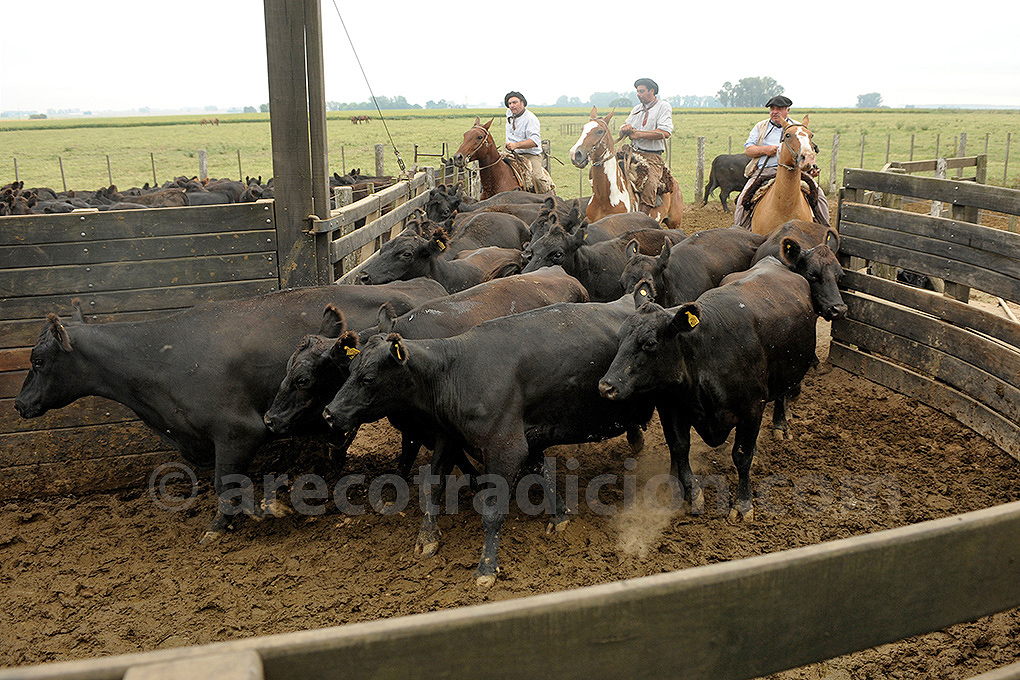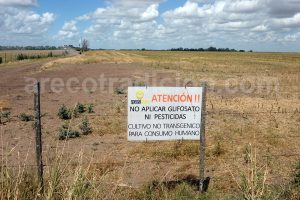Argentina, a major agricultural power
Argentina is currently producing food for more than 450 million people, 10 times its population! It’s a giant of global agriculture, with great potential, competitive prices and diversified production.

Its main regions for production are the provinces of Buenos Aires (121,002km2), Cordoba (87,865km2), Santa Fe (54,283km2), La Pampa (27,529km2) and Entre Ríos (21,024km2). Today, about 15% of its territory is cultivated – 380,000km2, and nearly half of the country’s total area is occupied by livestock farming.
One of the world’s leading agribusiness exporters
Agricultural exports play a vital role in the Argentine economy, accounting for a quarter of the country’s exports. Argentina is the world’s 10th largest exporter of agri-food products. The agricultural sector is also the country’s main source of income, employs over a third of the labor force (including indirect employment) and contributes about 8.3% to GDP and up to 20% if the entire value chain is included.
The main agricultural products of Argentina are soybeans, corn, wheat, meat, wool and wine, but the country is also a major producer of fruits and vegetables.
While soy was virtually nonexistent in the Argentine agricultural landscape 30 years ago, today it is the country’s main crop. It occupies nearly half of the cultivated land, whilst being the country’s number one export product (36% of exports). Argentina produces nearly 20% of the world’s soybeans, behind the United States and Brazil.

2nd place in 2005, Argentina has now become the 11th largest cattle breeder in the world. This sector in particular has suffered in recent years, due to the previous government’s policies, and also from competition with soybean production and periods of drought, which have decreased fertility and increased mortality. With saturated domestic consumption, Argentina is aiming to recover its international rank in the global market. The elimination of export taxes and quotas for beef and the devaluation of the peso should contribute to this.
Today, Argentina’s livestock numbers 52 million, which allow for the production of 2.7 million tons of meat per year, of which 133,000 tons were exported in 2015. Exports could reach 360,000 tons in 4 to 5 years, according to some official sources, and thus return to their 2007 level.
Supported by the low cost of corn in recent years, the poultry and pork sectors have grown strongly. Pork production was 442,000 tons in 2014, while poultry production was estimated at 2.1 million tons. Output from these sectors and consumption will continue to grow, but much more slowly, as households’ purchasing power is impacted by inflation and as domestic maize prices rise due to an increase in exports.
Argentina is the world’s 9th largest milk producer, with a current production of around 11.2 million liters, of which approximately 261,000 liters are exported in the form of milk powder (53%), cheese (16%), whey, ice cream or dulce del leche. The OECD-FAO forecasts an increase of 23% for production and 40% for exports by volume of dairy products by 2024.
Challenges
To continue to develop, mainly for export, Argentina’s agriculture faces various limiting factors, such as its infrastructure for land and river transport and also continued inflation and the exchange rate.
In addition, some sectors have suffered heavy production falls (cattle, meat, wheat), while others remain stable (corn, dairy farming) but must continue to develop. Some sectors are currently in crisis (dairy products, apples and pears, wine) faced with low prices and difficulties getting into the export market.
GMOs in Argentina

As early as 1996, Argentina adopted genetically modified organisms (GMOs) rapidly and massively. In 2012, according to data from the Ministry of Agriculture, 98% of soybeans, 20% of cotton and 40% of maize were produced from GMO seeds. But the Argentine agricultural sector, fearing the “green protectionism” of developed countries, tries to promote the system “GMO – direct seeding – glyphosate”, which would protect the soil and increase production performance, thus limiting the need to cultivate new areas. However, as in other countries using these technologies, problems with glyphosate resistance are developing.
The use of GMO seeds continues to spread in Argentina, with for example the authorization of the transgenic potato resistant to PVY virus in November 2015. However, some protest movements are emerging, denouncing the environmental and health damage related to the use of GMOs.






